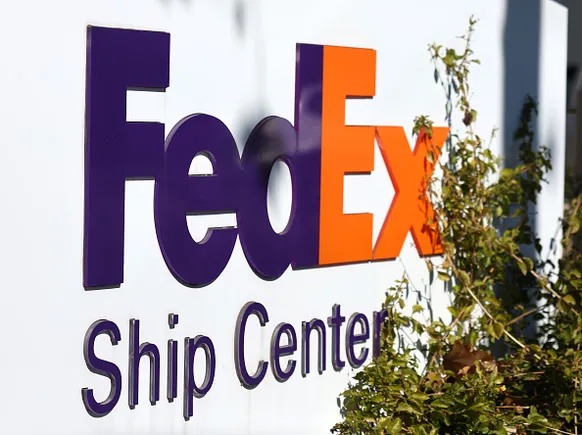
FedEx, a leading logistics and delivery company, is implementing its Network 2.0 initiative by closing three ship centers in the United States in the coming months. This strategic move is part of FedEx’s ongoing efforts to optimize its operations and streamline its network for improved efficiency and cost savings.
One of the facilities set to close is located in Lexington, Kentucky, with a closure date of March 3rd. This closure will impact 122 employees, primarily couriers, who will be provided with options such as transfer to new locations, severance, or a leave of absence to pursue other opportunities within FedEx. The closure of the Lexington facility is in line with the company’s commitment to align its network with changing market dynamics and customer needs.
In addition to the Lexington facility, FedEx is also planning to close locations in Staten Island, New York, and Erie, Pennsylvania, in June. While WARN Act notices have not been filed for these facilities yet, the company spokesperson stated that information on layoffs will be provided closer to the closure date as employees evaluate their options. These closures are part of FedEx’s larger Network 2.0 initiative, which aims to consolidate its Express and Ground networks and eliminate overlapping facilities for greater operational efficiency.
The consolidation of facilities under Network 2.0 has already shown positive results for FedEx, with a 10% reduction in pickup and delivery costs in markets where the program has been fully implemented. FedEx President and CEO Raj Subramaniam highlighted the success of the initiative during a recent earnings call, stating that the company has optimized 200 stations, including 130 in Canada, with plans to integrate 250 stations by the end of fiscal year 2025.
FedEx’s rival UPS is also undergoing a similar transformation with its “Network of the Future” program, which involves closing roughly 200 U.S. facilities and shifting volume to more automated hubs. This industry-wide shift towards network optimization and automation reflects the changing landscape of the logistics and delivery sector, driven by technological advancements and evolving customer expectations.
As FedEx and UPS continue to adapt their operations to meet the demands of a rapidly changing market, it is evident that strategic initiatives like Network 2.0 and the Network of the Future are essential for staying competitive and ensuring long-term success in the logistics industry. By optimizing their networks, consolidating facilities, and embracing automation, these companies are positioning themselves for continued growth and innovation in a dynamic and challenging business environment.
In conclusion, the closures of FedEx’s ship centers as part of its Network 2.0 initiative represent a strategic move towards operational efficiency and cost savings. By aligning their networks with changing market dynamics and customer needs, FedEx and UPS are setting the stage for continued success and growth in the competitive logistics industry.